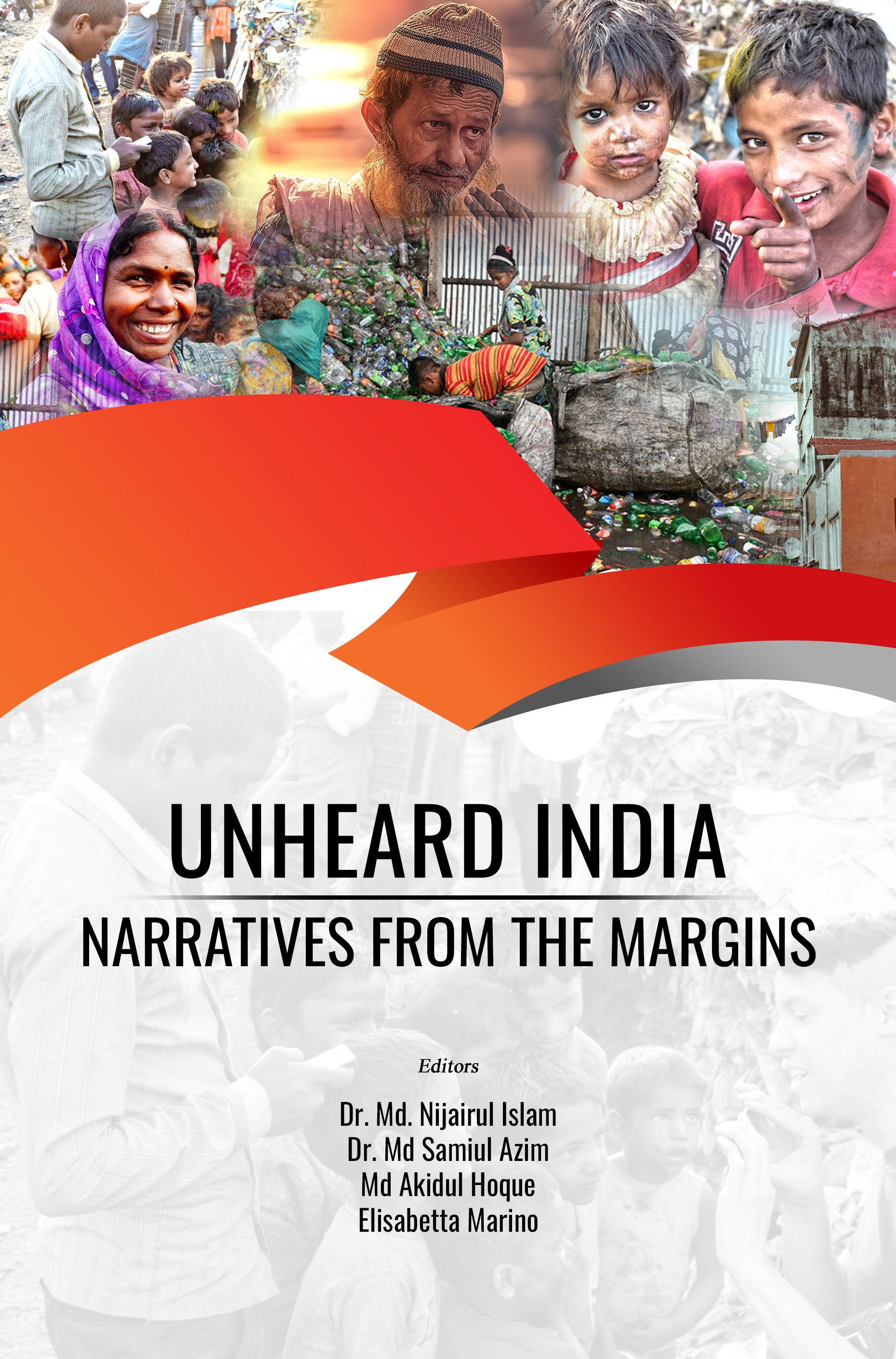TRIBAL SCHOOL EDUCATION: EXPLORING THE DIMENSIONS OF POLARITY FROM THE LENS OF LANGUAGE AND CULTURE
DOI:
https://doi.org/10.25215/1257942751.15Abstract
This chapter critically examines the persistent educational marginalization of India’s Scheduled Tribe (ST) children by foregrounding the dual polarities of language and culture between home and school. Drawing on secondary data analysis and contemporary research, it reveals how state-imposed linguistic and cultural norms in formal schooling alienate tribal learners, exacerbating dropout rates and hindering educational attainment. The disjuncture between home languages and the dominant medium of instruction, coupled with the curricular erasure of indigenous knowledge systems and cultural practices, creates systemic barriers to meaningful learning. Despite progressive policy articulations—including Article 350A and the National Education Policy 2020—the absence of a culturally responsive framework and context-sensitive pedagogy perpetuates educational exclusion. The chapter advocates for learner-centered, culture-sustaining education grounded in tribal epistemologies, languages, and lived experiences. It concludes by proposing a multi-pronged roadmap—spanning teacher preparation, curricular reform, and policy decentralization—to construct an inclusive educational ecosystem that affirms tribal identity and promotes equity.Published
2025-07-28
Issue
Section
Articles


